Annotation
- Polypeptides and proteins: What is the difference?
- Peptides in cosmetology
- How to use peptides
- TOP-5 peptide means
Peptide cosmetics are gaining increasing popularity. From the category of new products of the beauty industry, these products quickly turned into the number of effective facial skin and body skin care products. Peptide preparations are widely represented in the form of various creams, serums, booster and masks. We understand what the peptides are and how they act.
Polypeptides and proteins: What is the difference?
Peptides are building elements for proteins, which, in turn, are allegorically called bricks from which the human body is built.
Like proteins, peptides consist of amino acid chains. But if protein is a combination of hundreds of amino acids, then the links of the peptides are much shorter. These are protein compounds from a chain up to fifty amino acids. Molecules are connected by the α-aminogroup of one amino acid and α-carboxygoup-another. That is, in the smallest peptide there are at least two amino acids. If there are three such amino acids, then they talk about tripeptide, if six, then this is hexapeptide, etc.
Any chains with the number of amino acids less than 10 are called oligopeptides, if there are more than 10 ties, but less than 50, then such compounds are called polypeptides. Molecules with a large number of connections and amino acids can be attributed to proteins. However, according to a number of classifications, the proteins include compounds in which there are more than 100 amino acids.
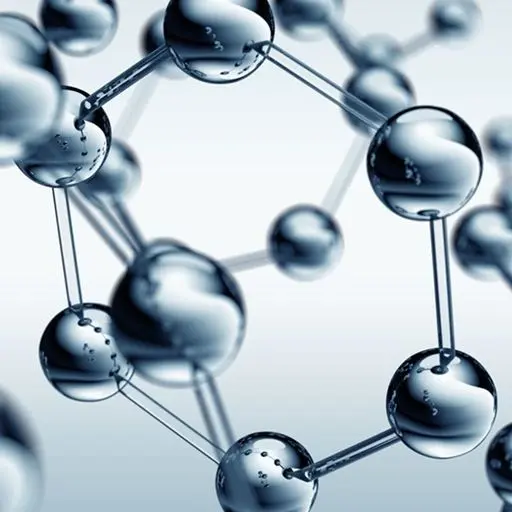
The border between proteins and peptides runs not only in a quantitative plane, but also in qualitative ones - according to the functions that they perform.
Scientists have discovered more than 600 species of peptides, different in action:
- hormonal;
- nervous;
- Defenzines - stimulating the restoration growth of new cells in the place of damage;
- angiotensins - blood pressure regulators;
- Antioxidants - compounds that inhibit oxidative processes at the cellular level, which are a factor in aging.
The human body produces all the necessary amino acid chains. But after 30 years, a clear noticeable slowdown in the production processes of peptides takes place. Hence the age -related manifestations on the skin: decrease in tone, wrinkles, etc. That is why modern drugs with peptides are considered an obligatory part of an integrated anti -aging strategy.
Peptides products benefit in solving various skin problems. In cosmetology, they are prescribed for the following symptoms:
- dryness;
- Mimic and age wrinkles;
- Turgora decrease and elastin deficiency;
- skin diminutility;
- Change in the hydrolypid barrier;
- damage to the epidermis;
- manifestations of acne and post -acne.
The action of peptides does not entail negative side effects, however, to obtain a pronounced and long -term result, it is necessary to regularly use properly selected peptide cosmetics.
Peptides in cosmetology
The interest of cosmetologists aroused the creation of a number of formations, and they are already put at the beauty service:
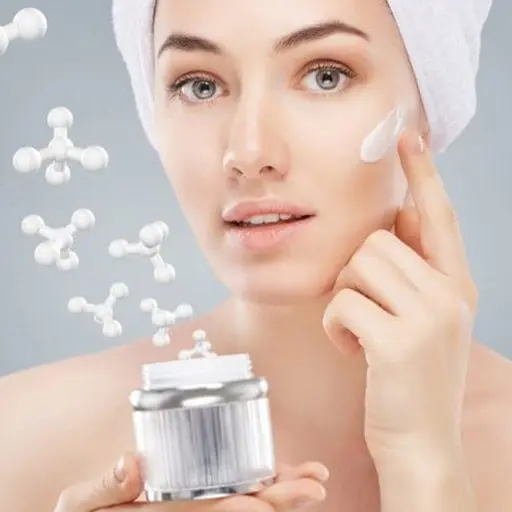
- SIgnal and remodeling-stimulate the breakdown of fibroblasts into collagen and elastin, which restores extracellular matrix and favorably affects micro-relief skin.
- transport - deliver the necessary trace elements to the cells to confront stressing factors.
- antibacterial - overwhelming activity of microbes.
- immunomodulating - increasing skin resistance.
- Neurotransmitters inhibitors with the effect of muscle relaxants - violate the signal transmission from nerve to muscle, which leads to its relaxation and smoothing facial wrinkles.
- peptides that activate blood microcirculation and the outflow of lymph by improving the condition of the walls of the vessels.
- enzymes inhibitors - prevent the destruction of collagen and other proteins, reduce pigmentation and reduce inflammation. For example, there are compounds that inhibit elastasis - an enzyme that causes the decay of elastin, and Elastin supports the elasticity of the skin.
Thus, cosmetics , which contains peptides, allows you to solve a variety of problems .
Peptides are divided into natural and synthetic. Natural is obtained by decay by means of hydrolysis, when in the process of contact with water the proteins decay into separate peptides or their chains.
conditionally artificial peptides are obtained as a result of the synthesis of individual amino acids in their chains. The synthesis allows you to create peptides of narrow -minded action to solve specific problems to reduce inflammation, hyperpigmentation, etc.
How to use peptides
The signal function of peptides is expressed in their ability to connect to certain cell receptors and launch certain processes in the body. According to the principle of the key and the castle, specific types of amino acid chains can interact only with certain receptors.
In order for the peptide to turn on the reaction, it must be delivered directly to the cell receptor. In medicine, including dermatology, an injection method of amino acid delivery can be used. In the case of external cosmetic products, such as masks, creams, booster, serums, peptide should penetrate into the dermis.
To facilitate their penetration into cells, various peels are recommended that remove the surface layer of the horn scales of the epidermis. Excessive dryness, as well as increased oily skin, also reduce the effectiveness of peptide preparations. Therefore, the practice of applying these tools always implies the need for basic skin care procedures. Then the result will be noticeable and long -term.

It is not recommended to resort to the help of peptides at a young age if there are no pronounced indications for their use. You can moderately use such products after 30 years, compensating for the natural decrease in the level of production of elements.
TOP-5 peptide means
- rejuvenating serum for the face Dr. Kadir No.1 Peptide Serum-for intensive skin rejuvenation with acting peptide acetyl hexapeptide-8.
- Reanimating face mask onmacabim neutrazen Mask is a peptide complex of immunostimulating and anti -inflammatory effects that activates the processes of blood microcirculation and skin moisturizing.
- Moisturizer for face cream with 10% lactic acid Gigi Nutri-Peptide 10% Lactic Cream-with the peptide complex X50 PhotoGlow and lactic acid for antibacterial effects and deep nutrition of the skin.
- Gigi Nutri-Peptide Hydra Vitaly Mask moisturizing face mask-includes algae extract and an extract of algae, which have a comprehensive stimulating effect for the production of collagen fibers.
- Peptide for the face of the Onmacabim S.C.P Peptide Complex Booster-with a pronounced anti-aging and lifting effect caused by stimulation of fibronctin, laminine, as well as activation of enzymes, which prevent the destruction of collagen.


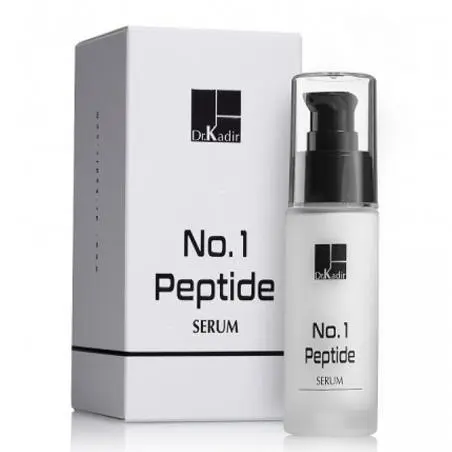
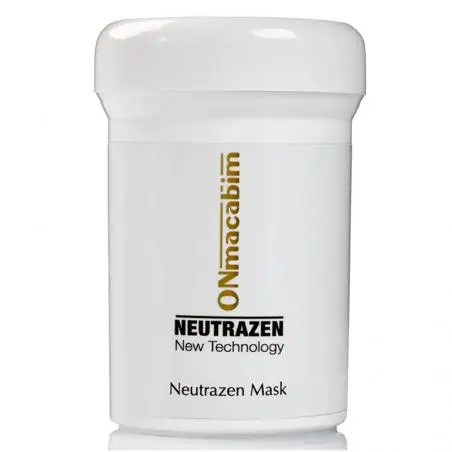
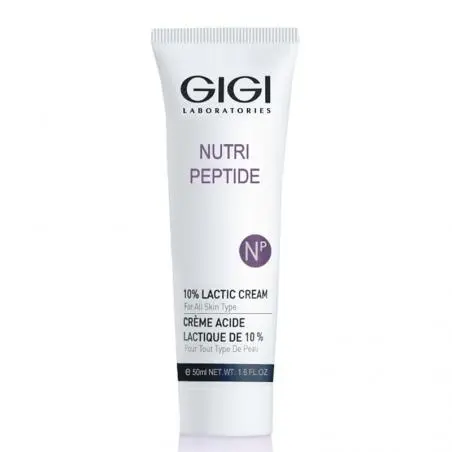
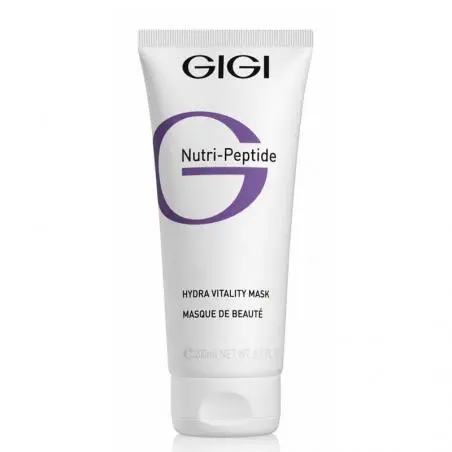
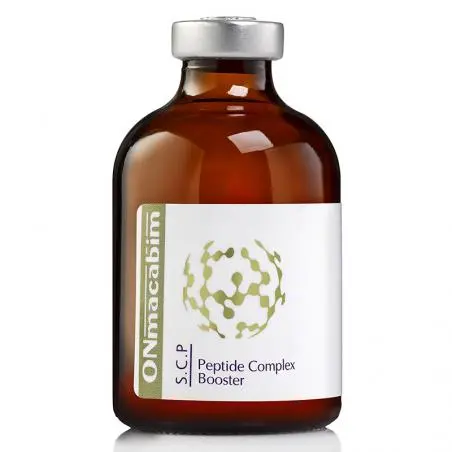
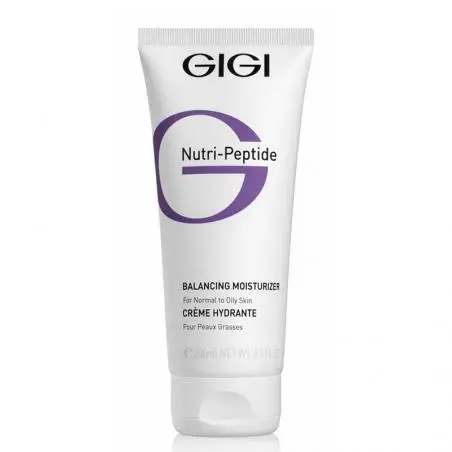

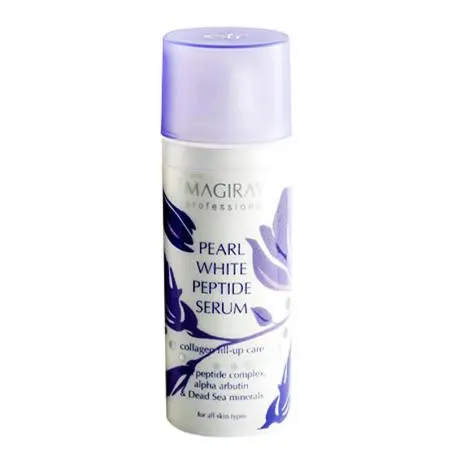

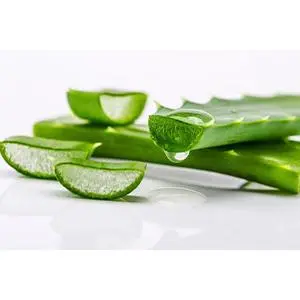
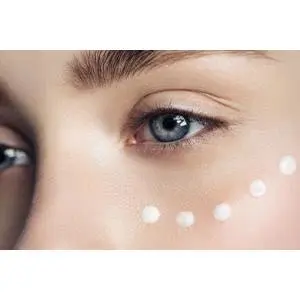
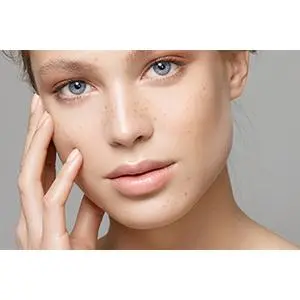



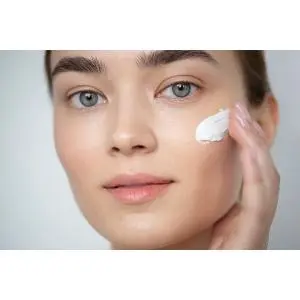
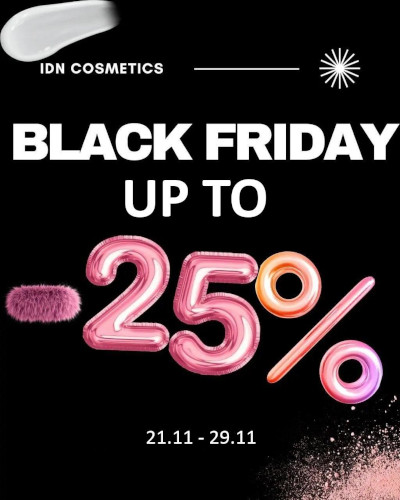
Comments
Leave your comment